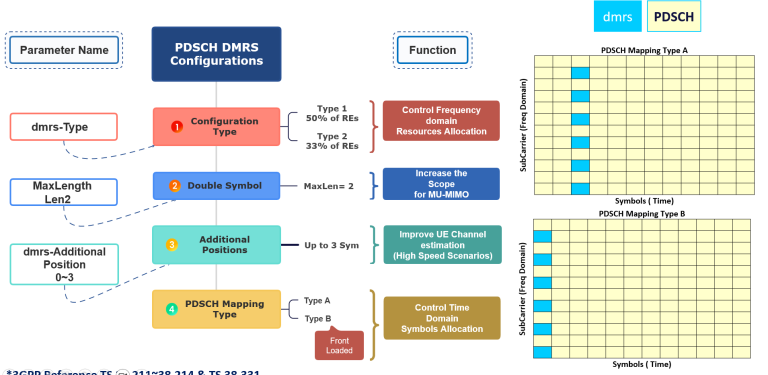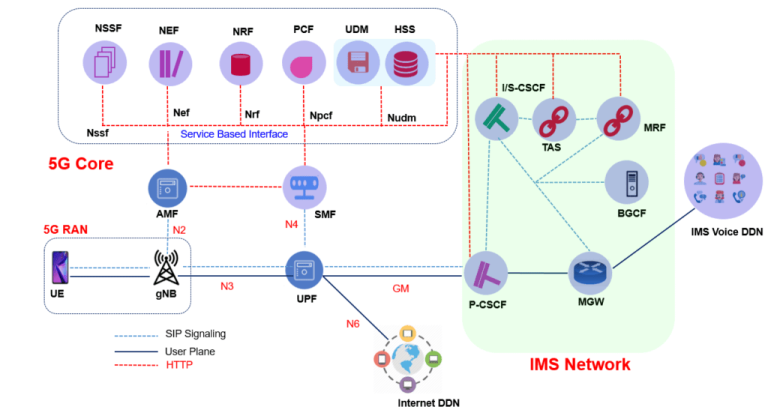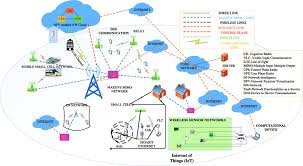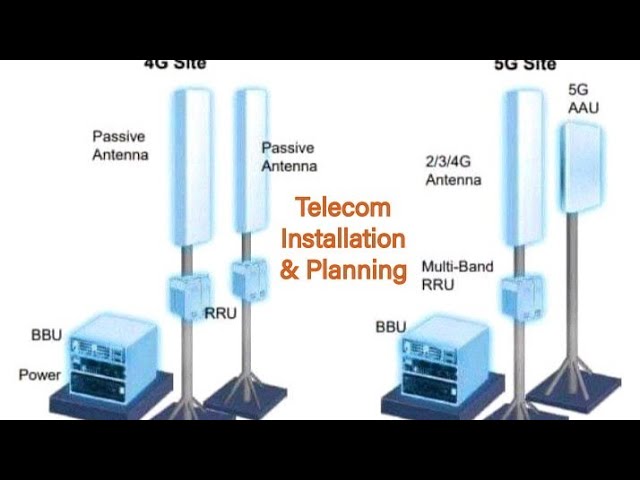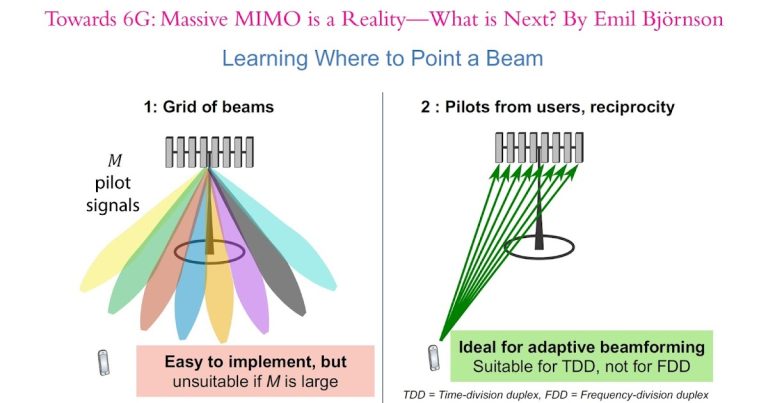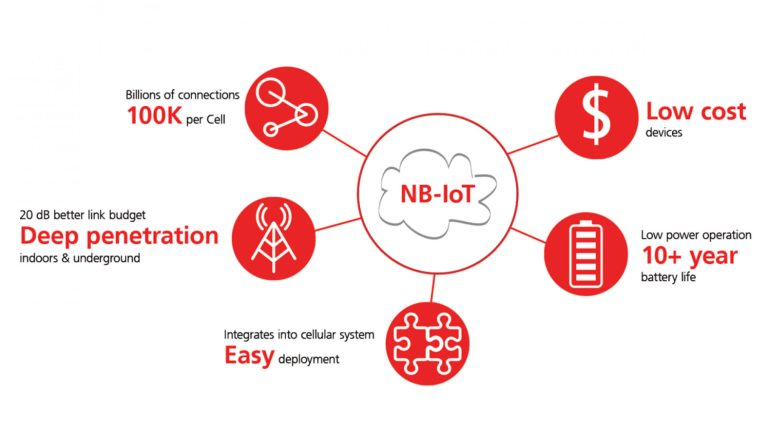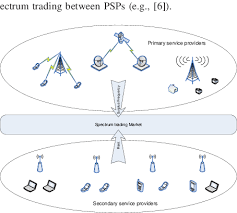Understanding 5G Channels: Training Video Resource
telcomatraining.com – The rapid evolution of 5G technology is transforming the way we communicate, work, and connect with the digital world. Among the many critical components of this next-generation wireless standard, 5G channels play a vital role in ensuring high-speed, reliable, and efficient data transmission. For professionals, students, and enthusiasts eager to dive deeper into…

